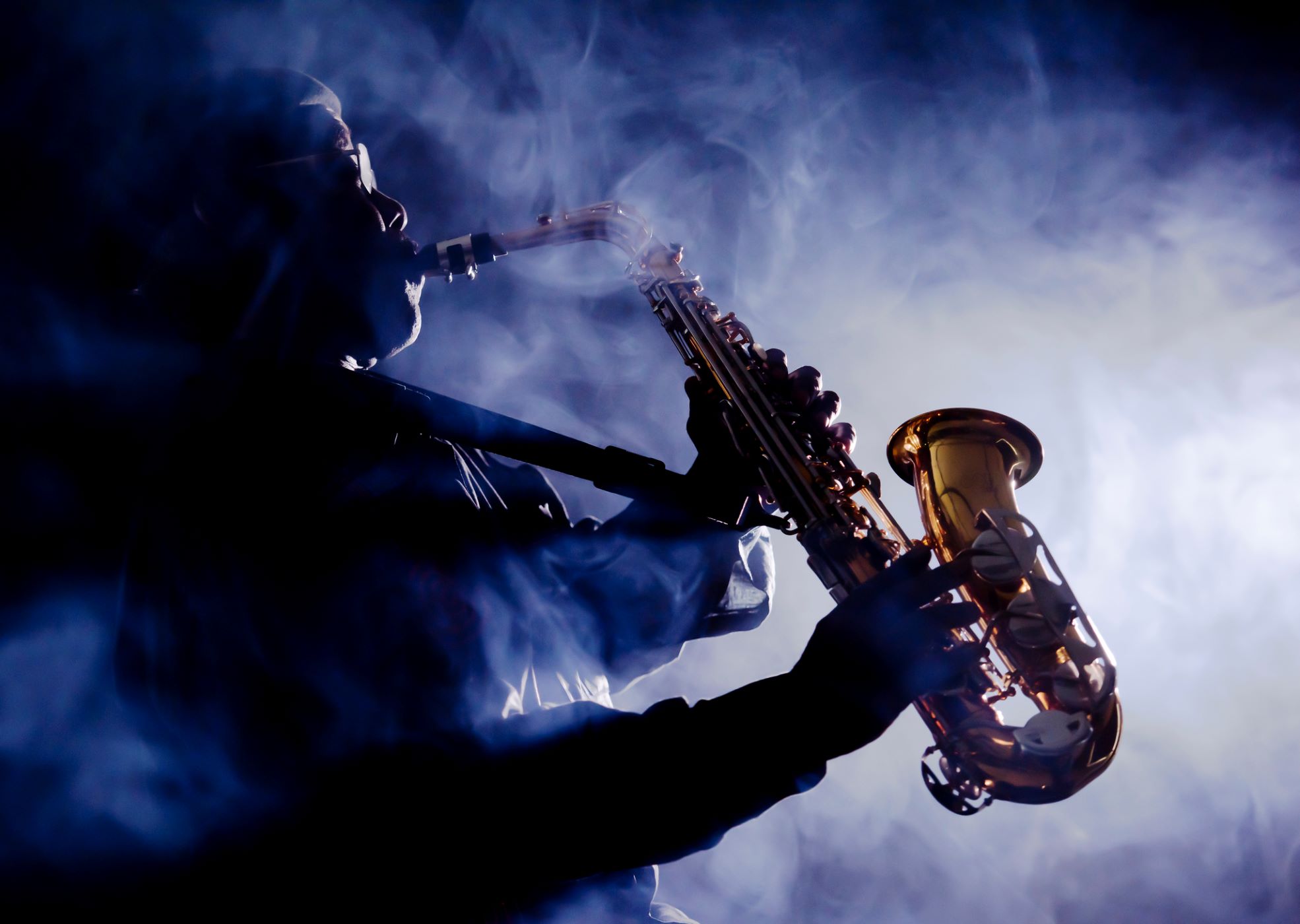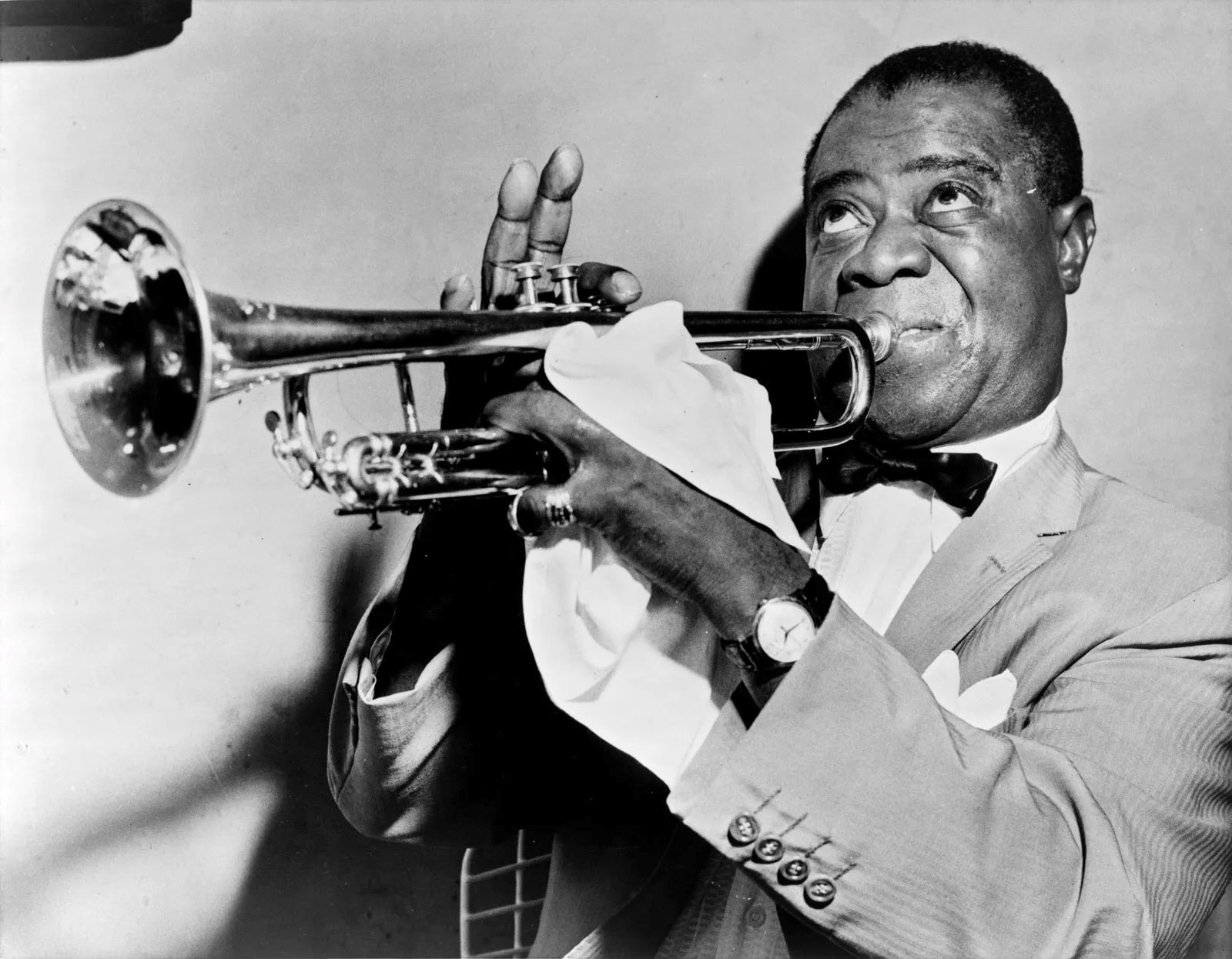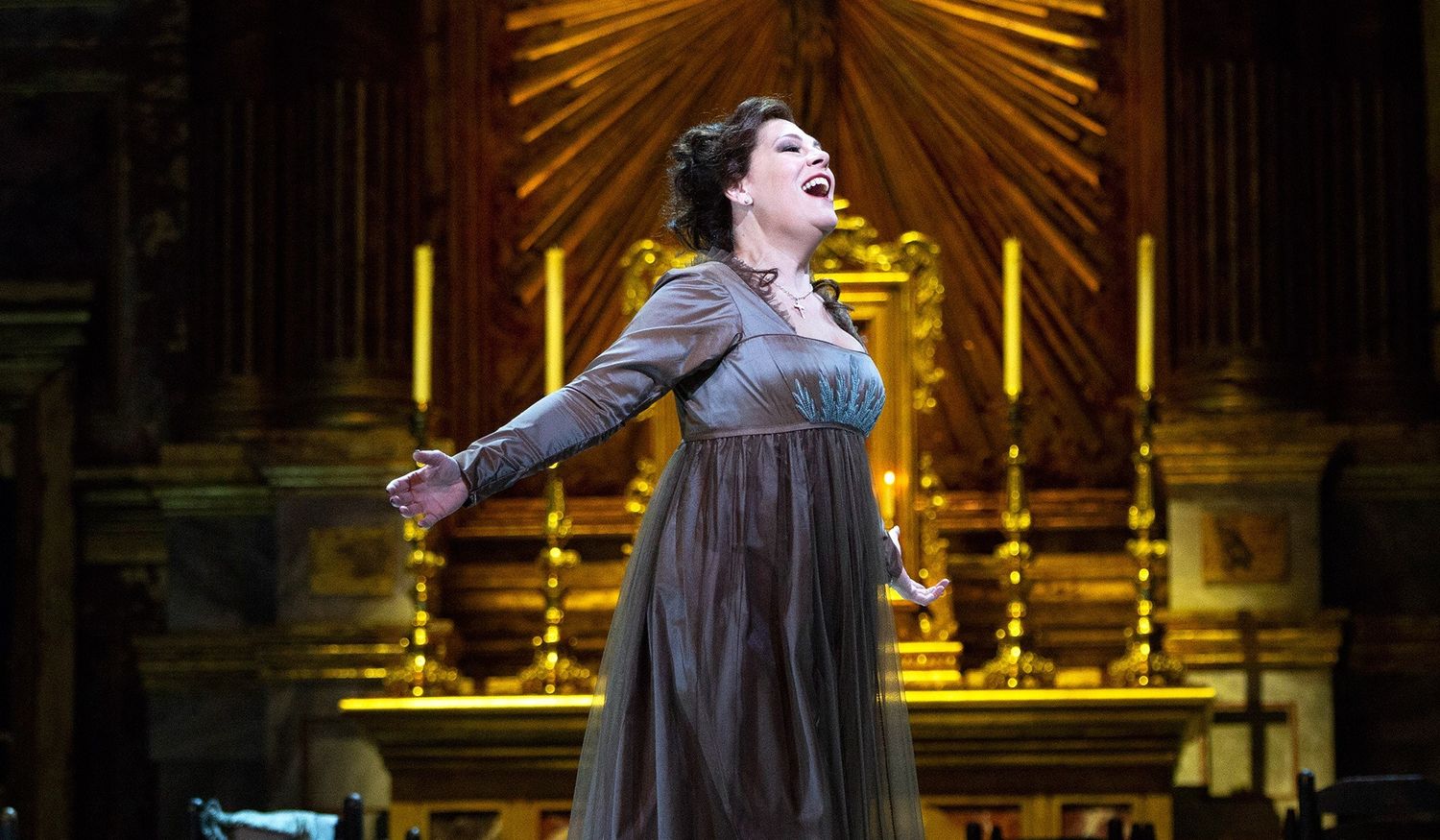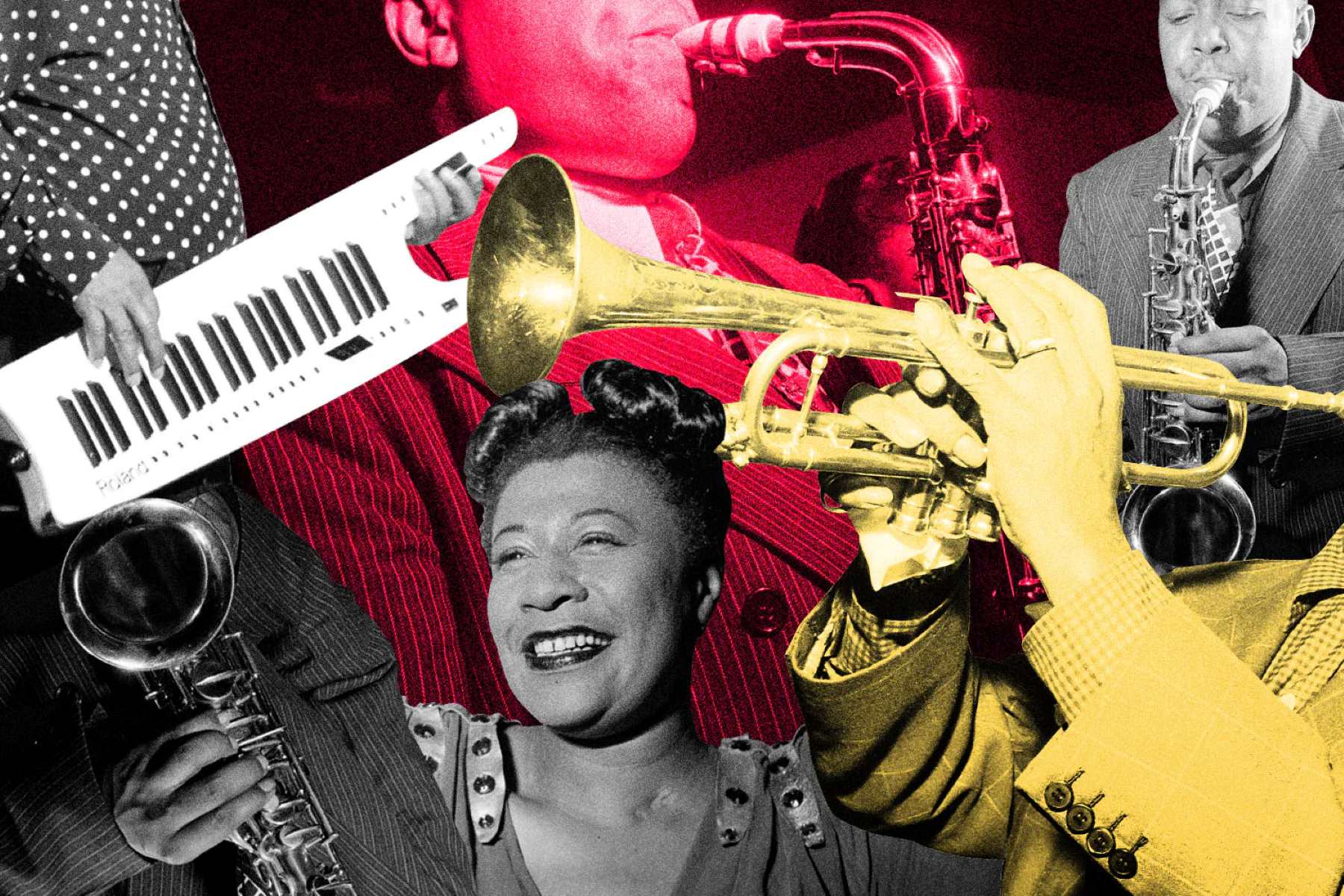Home>Genres>Jazz>Who Were The Three Most Popular Jazz Musicians In America In The 1950S


Jazz
Who Were The Three Most Popular Jazz Musicians In America In The 1950S
Modified: February 24, 2024
Discover the top three iconic jazz musicians who dominated the American music scene in the 1950s. Immerse yourself in the vibrant sounds of jazz.
(Many of the links in this article redirect to a specific reviewed product. Your purchase of these products through affiliate links helps to generate commission for AudioLover.com, at no extra cost. Learn more)
Table of Contents
Introduction
Jazz music, with its roots in African-American communities of the early 20th century, has evolved into a quintessential American art form. Its distinctive blend of improvisation, syncopation, and expressiveness has captivated audiences around the world. The 1950s were a significant era for jazz, as the genre experienced a surge in popularity and innovation.
In this article, we will explore the lives and legacies of three of the most popular jazz musicians in America during the 1950s. These artists not only made remarkable contributions to the genre but also shaped its future, influencing generations of musicians to come.
Each of these musicians brought their unique styles and approaches to jazz, leaving an indelible mark on the genre’s history. From the charismatic trumpet player Louis Armstrong to the suave pianist and composer Duke Ellington to the revolutionary saxophonist Charlie Parker, we will delve into their musical journeys, accomplishments, and the impact they had on the jazz landscape of the 1950s.
Join us as we embark on a journey through the rich and vibrant world of jazz in the 1950s, exploring the lives and music of these three jazz titans who helped redefine the genre and left an enduring legacy that continues to resonate today.
Louis Armstrong
Louis Armstrong, also known as “Satchmo,” is widely regarded as one of the most influential figures in the history of jazz. Born in 1901 in New Orleans, Armstrong started his career playing in local bands and honing his trumpet skills in the vibrant jazz scene of his hometown.
By the 1950s, Armstrong had already established himself as a jazz icon. His distinctive gravelly voice and virtuosic trumpet playing set him apart from his contemporaries. Armstrong’s innovative improvisations and infectious energy brought a fresh vitality to the jazz music of the time.
One of Armstrong’s greatest contributions to jazz was his pioneering work as a soloist. He revolutionized the role of the trumpet in jazz, showcasing its expressive potential through his masterful playing. His melodic phrasing and inventive use of dynamics became trademarks of his style and greatly influenced future generations of jazz musicians.
In addition to his instrumental skills, Armstrong was an exceptional vocalist. His warm and soulful singing added depth and personality to his performances. Songs like “What a Wonderful World” and “Hello, Dolly!” became signature tunes for him and continue to be beloved classics.
Armstrong’s fame extended beyond the jazz community, and he became a beloved figure in popular culture. His charming personality and joyful stage presence made him a natural entertainer, captivating audiences with his captivating performances.
Beyond his musical contributions, Louis Armstrong played a crucial role in breaking down racial barriers in the entertainment industry. As an African-American artist, he faced numerous challenges and discrimination throughout his career. However, his talent and charisma transcended cultural boundaries and helped pave the way for future generations of black musicians.
Despite facing adversity, Armstrong’s love for music and his unwavering dedication to his craft propelled him to unimaginable heights of success. His impact on jazz cannot be overstated. Louis Armstrong remains an immortal figure in the jazz pantheon, forever remembered as a true innovator and a pioneer of the genre.
Duke Ellington
Duke Ellington, born Edward Kennedy Ellington in 1899, was a prolific pianist, composer, and bandleader. His career spanned over five decades, and his influence on jazz during the 1950s was profound.
Ellington’s music was characterized by its sophistication, elegance, and expansive orchestral arrangements. He seamlessly merged elements of jazz, classical music, and popular music, creating a unique and innovative sound that became known as “Ellingtonia.
During the 1950s, Ellington and his orchestra enjoyed immense popularity and success. They performed regularly at the famed Cotton Club in Harlem, New York, and embarked on numerous tours across the United States and around the world.
One of Ellington’s notable achievements during this period was his orchestral composition, “Black, Brown and Beige.” It was a landmark piece that explored the history and experiences of African Americans, a significant departure from the lighter and more entertainment-focused works of his earlier career.
Ellington’s approach to composition was highly collaborative. He encouraged his band members to contribute their ideas and talents, resulting in a rich tapestry of sounds and styles. This collaborative spirit fostered a sense of unity and creativity within the band that translated into their performances.
Furthermore, Ellington was known for his ability to showcase the individual talents of his band members, allowing them to shine as soloists. Notable members of his orchestra during this era included saxophonist Johnny Hodges and trumpeter Clark Terry, who made significant contributions to the sound and success of the band.
Ellington’s talents extended beyond his musical abilities. He was a visionary and a true ambassador for jazz, working tirelessly to elevate the genre’s status in the eyes of the public and the music industry. His efforts helped establish jazz as a legitimate and respected art form.
Duke Ellington’s impact on jazz in the 1950s cannot be overstated. His innovative compositions, skilled piano playing, and charismatic leadership left an indelible mark on the genre. His ability to seamlessly blend different styles and genres, coupled with his commitment to artistic expression, solidified his place as one of the greatest jazz musicians of all time.
Charlie Parker
Charlie Parker, also known as “Bird,” was a groundbreaking saxophonist and composer who revolutionized the world of jazz in the 1950s. Born in 1920, Parker’s virtuosic playing and innovative improvisational style had a profound impact on the genre.
Parker was at the forefront of the bebop movement, which emerged in the 1940s as a reaction against the more commercial and formulaic styles of jazz at the time. He pushed the boundaries of harmonic and rhythmic structure, introducing complex chord progressions and intricate melodic lines, setting the stage for a new era of jazz.
Known for his incredible speed, technical prowess, and improvisational genius, Parker’s playing on the alto saxophone was unparalleled. His solos were characterized by their intricate phrasing, blistering runs, and expressive use of chromaticism. Parker’s innovative approach to improvisation elevated the saxophone to new heights and inspired countless musicians.
Parker’s music was filled with emotional intensity and a sense of urgency. His compositions, such as “Confirmation” and “Billie’s Bounce,” became standards in the jazz repertoire, testaments to his enduring influence.
Despite his undeniable talent and musical achievements, Parker struggled with personal demons throughout his life. Substance abuse and a tumultuous lifestyle took a toll on his health, ultimately leading to his premature death at the age of 34. However, his musical legacy lives on, forever cementing his status as one of the most influential figures in jazz history.
Charlie Parker’s impact on jazz in the 1950s cannot be overstated. His innovative playing, original compositions, and visionary approach to improvisation pushed the boundaries of what was possible in jazz music. His contributions continue to inspire musicians of all genres and generations, ensuring his legacy as a true jazz icon.
Conclusion
The 1950s marked a transformative period for jazz, as the genre experienced a surge in popularity and innovation. Through the lives and music of Louis Armstrong, Duke Ellington, and Charlie Parker, we have witnessed the incredible contributions they made to jazz during this era.
Louis Armstrong, with his iconic trumpet playing and soulful vocals, revolutionized the role of the soloist in jazz. His infectious energy and boundless talent endeared him to audiences around the world, making him an immortal figure in the jazz pantheon.
Duke Ellington, with his sophisticated compositions and visionary leadership, brought a sense of elegance and sophistication to jazz in the 1950s. His fusion of jazz, classical, and popular music created a distinct sound that continues to resonate today.
Charlie Parker, a pioneer of the bebop movement, pushed the boundaries of jazz with his virtuosic saxophone playing and innovative improvisational style. His contributions to harmonic exploration and melodic invention set the stage for a new era of jazz.
Collectively, these three musicians not only shaped the landscape of jazz in the 1950s but also paved the way for future generations of jazz musicians. Their influence can still be heard in the music of contemporary jazz artists, as their legacies continue to inspire and captivate.
Their enduring contributions to jazz, coupled with their ability to break down racial barriers and elevate the status of the genre, have solidified their places as true icons in the history of music.
As we look back on the 1950s, we can appreciate the significant role Louis Armstrong, Duke Ellington, and Charlie Parker played in shaping the trajectory of jazz. Their music, innovation, and impact will forever be remembered and celebrated, ensuring that the spirit of jazz lives on for generations to come.











